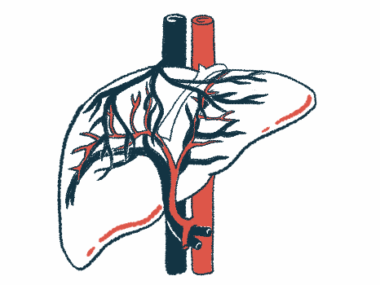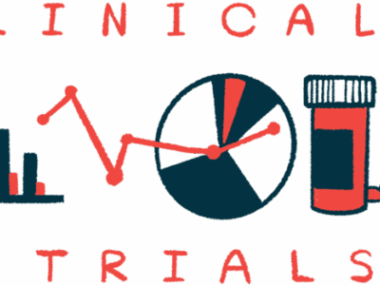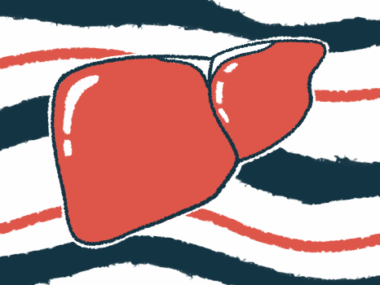Case study highlights challenges to diagnosis of Alagille syndrome
Collaboration, awareness needed in resource-limited areas
Written by |

A diagnosis of Alagille syndrome can be challenging, particularly in areas that lack access to genetic testing and specialized imaging, a case report from Guatemala showed.
The case of the 3-month-old infant “highlights the unique challenges and innovative strategies required to diagnose and manage [Alagille syndrome] in resource-limited settings,” the researchers wrote in the report, “Challenges and insights in Alagille syndrome: a case report,” published in Gastroenterology Report.
Alagille syndrome is a rare, inherited disease that affects embryonic development. Most cases are caused by mutations in the JAG1 gene, while some cases are associated with mutations in the NOTCH2 gene.
The primary symptoms of Alagille include liver and heart defects, along with unique skeletal and facial features. Liver problems are mainly due to a reduced number of bile ducts, the tubes that carry the digestive fluid bile from the liver to the intestines. This causes cholestasis, or slowed bile flow. As a result, bile can accumulate to toxic levels in the liver, damaging it and affecting its function. Bile components also increase in the bloodstream, resulting in itchy skin and jaundice, or yellowing of the skin and whites of the eyes.
In addition to chronic liver disease, heart abnormalities “contribute significantly to the morbidity and mortality associated with” the syndrome, the researchers wrote.
Confirming diagnosis of Alagille syndrome
Because Alagille symptoms can vary widely among patients and overlap with other conditions, it can be difficult to reach a diagnosis, which is commonly based on the presence of three of seven typical disease symptoms and can be confirmed by genetic testing to identify a disease-causing mutation.
“In resource-limited settings, the diagnostic process can be particularly challenging due to limited access to advanced genetic testing and specialized imaging techniques,” the researchers wrote.
The researchers, from Universidad Francisco Marroquín in Guatemala, described the case of a baby who had showed signs of jaundice, along with pale-colored stools, at 1 month of age. Both of those symptoms are typical indicators of liver problems. The infant’s family history also included liver disease of unknown cause, which led doctors to suspect a genetic condition.
Physical exams revealed that the baby had an enlarged liver and spleen — also signs of liver disease — and a heart murmur, an extra, unusual sound during a heartbeat that is a common symptom of Alagille.
Blood work revealed elevated levels of white blood cells and cholesterol, as well as elevated markers of liver damage. Imaging tests also showed stones in the gallbladder, the organ where bile is stored until needed for digestion, and bile duct abnormalities.
The infant tested positive for cytomegalovirus, a common virus that infects the liver. Despite appropriate treatment for the infection, there were no clinical or laboratory changes.
The physicians suspected cystic fibrosis, a genetic condition marked by accumulation of thick mucus in organs including the liver. Clinical and genetic testing revealed an Alagille-causing mutation, confirming an Alagille diagnosis.
Further tests identified other signs typical of the disease, including butterfly-shaped vertebrae (an unusual shape in some spinal bones), posterior embryotoxon (a white ring lining a part of the eye), and additional heart abnormalities. Evidence of cirrhosis, or irreversible liver damage, and bile duct blockages further added to the case for an Alagille diagnosis.
“The patient was managed with a multidisciplinary approach involving hepatology, cardiology, and genetic counseling,” the researchers wrote.
The infant received treatment to manage cholestasis and itching, and liver and heart function was monitored regularly.
“Genetic counseling was provided to the family to discuss the implications of the diagnosis and future reproductive options,” the researchers wrote.
A liver transplant was considered as treatment, but the infant was lost to follow-up.
“This case report emphasizes the diagnostic approach and collaboration required in such environments to reach an accurate diagnosis” of Alagille syndrome, as well as “the importance of increased awareness and collaboration among healthcare professionals in recognizing and managing rare genetic disorders” like Alagille, the researchers wrote.







